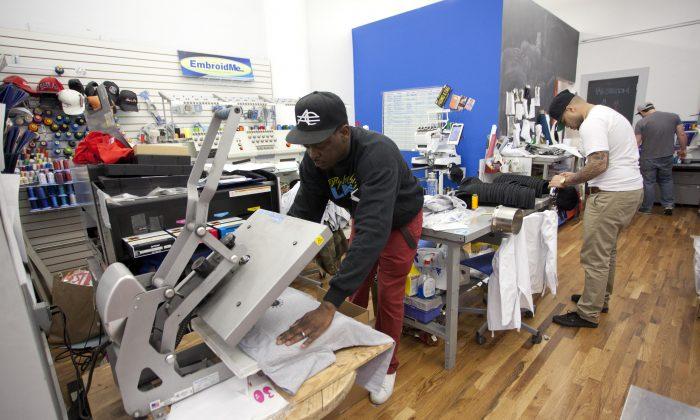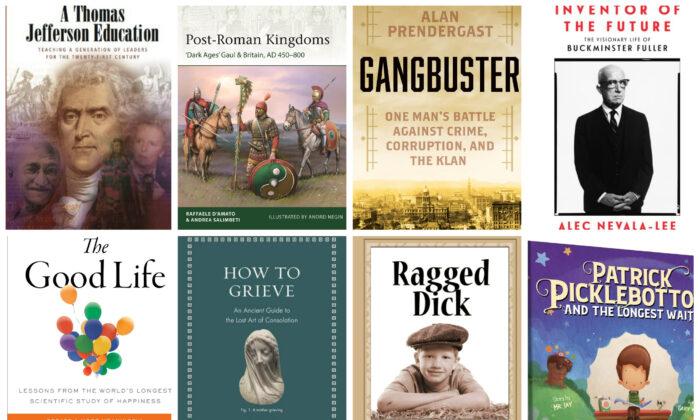Open up the office kitchen cupboard, and chances are you’ll be met by the sight of orphaned coffee mugs, which were, once upon a time, promo items to boost the name of a local business.
Business owners juggle many demands, and getting their business names out to potential clients is an important one. Large, established businesses have many years of brand recognition and vast budgets behind them, but if you are a small- or mid-sized business, you can still get your brand out there without having to pony up the cash for a Super Bowl ad or settling for the ubiquitous and forgettable coffee mug.
When it comes to refining your brand, the Better Business Bureau offers some basic, common sense advice: get feedback from staff and loyal clients, use buzzwords (such as a tag line that will resonate with customers, but go for strong, timeless words over fads), and, finally, consider the aesthetics.
Aesthetics include the development of a logo, and defining fonts and colors that will support the brand image. Often the logo will end up on business cards, stationery, websites, and sometimes promo products such as the aforementioned coffee mugs or key chains.
For some businesses, it makes sense to add branded apparel. A great design, placed on a shirt, for staff to wear and clients to buy, can become an instant conversation piece—in one shot, you get word-of-mouth advertising and revenue.
This approach is wildly popular among some of the trendier gyms or fitness venues, where there is a fierce loyalty to the brand and the lifestyle it represents.
Maria Emma, who owns the one-stop personalization shop EmbroidMe in Midtown, says the shirts she produces for a popular boxing gym “move like crazy,” to the tune of 1,000 a week.
“Even if you’re just the nail salon, if that shirt is really cool, if they sell that T-shirt and people are wearing it, if they’re loving it, it’s constant growth, a constant way to make money,” she said.
Emma functions as an informal branding consultant, from basics to design to production. Since opening up shop years ago, she has retained over 90 percent of her client base—in part by helping them grow and offering frank advice, bolstered by her varied business background, from boutique-sized operations to overseeing $15 billion in apparel for Wal-Mart. Her roster of clients is incredibly varied, from locksmiths to Starbucks to Donna Karan.
She loves to run monthly networking events where she hand picks a few of her clients to come together and discuss ways to grow. “For a designer who is first starting or someone opening a restaurant for the first time, they’re in the same room there with someone who makes a few million a year and has 10 stores. They get the opportunity to network and find out, how do you get there? How do you find investors? How do you work with employees? What are the challenges?”
Testing the Market
To someone looking to start with branded apparel, she recommends a gradual approach.
“If a client says, ‘I’m just trying to start my line.’ I have these five or 10 prints and I want 1,000 of this print. I’ll look at them and say, ‘No, you don’t want 1,000 of those prints. Why don’t we start off, do one sample or 12 pieces of it. ... Whatever the minimum let’s do that.’”
“Before putting your eggs all in one basket, find out how people are receiving it.” Maybe people really only like 6 out of the 10 prints you so love—due to demographics or maybe it’s the wrong size.
By testing the market first, you can make sure your money is invested better, and then you can invest the money back into the styles that are working for you, added Emma.
There are various types of garment embellishments—from embroidery (which can be done on site, as clients buy their chosen apparel—think monograms on shirt cuffs) to screen printing. But the hot trend these days is garment printing, where you can directly print on textiles. Only one piece is required as a minimum and the process is extremely quick—a big plus for New Yorkers.




